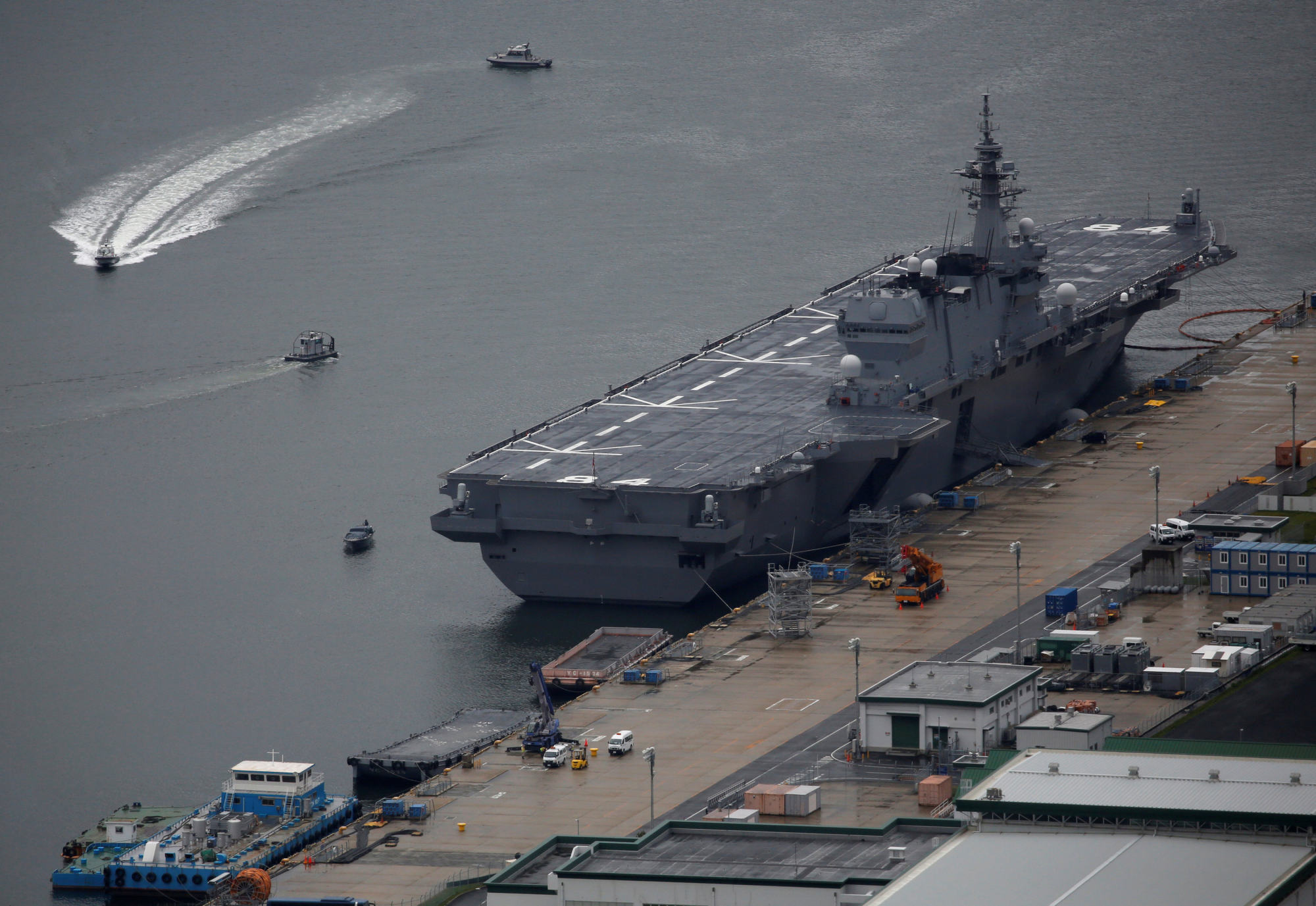US renames key ‘nimble, self-contained’ military unit in Japan’s Okinawa to counter Chinese aggression in region
There are some 18,000 Marines stationed in Japan’s most southerly prefecture, along with substantial detachments from the US Air Force, Navy and Army, all part of Washington’s security commitments to Japan and its other allies in the western Pacific, a region where tensions have been steadily climbing.
Will Seoul be ‘game-changer’ in Ukraine war as North Korea, Russia form ties?
Will Seoul be ‘game-changer’ in Ukraine war as North Korea, Russia form ties?
“We are proud to be here in the first island chain, a force prepared to respond to contingencies wherever and whenever required,” Colonel Peter Eltringham, the commanding officer of the new regiment, said at a ceremony at Camp Hansen on Wednesday.
On the assumption that US forces would need to intervene should China attempt to seize Taiwan – something that Beijing has indicated could happen – the new 2,000-strong littoral unit would be in the thick of the action, a US Marine Corps official told This Week in Asia.

“This new regiment is purposely built to operate in littoral environments and defend this region,” said the official, who could not be named for operational security reasons.
“The main difference between a conventional Marine regiment and this unit is that it is a lot lighter and ‘expeditionary’ in its nature,” he said. “It is self-contained and has all the elements to carry out its mission.
“It will operate very differently from conventional units that we saw in World War II or the Vietnam war, being more nimble and able to deploy autonomously from various locations,” the official added.
Describing the broader Marine presence in Okinawa as a “forward-deployed force in readiness”, he said the US “government has been quite clear that China is today the threat in this region and we are in position to respond to that threat whenever necessary”.
“Washington and its partners have realised that they require some force reconstruction to cope with the realities of Chinese forces today,” he said. “Beijing has spent an enormous amount of resources on forces that are designed to allow it to dominate its backyard.”
As Japan and Philippines eye defence deal, could trilateral pact with US be next?
As Japan and Philippines eye defence deal, could trilateral pact with US be next?
And while the first island chain is the immediate target, Nagy said Beijing also had designs on what is termed the second island chain.
“Beijing wants to push US forces as far away from their coastline as possible,” he said. “They have studied history and they are aware that in World War II, the US began island-hopping across the Pacific from Hawaii until they conquered Okinawa and Japan had no choice but to surrender. China is looking at a similar strategy.”
A key part of Washington’s plan to counteract that strategy is closer integration with forces from Japan, which has added a unit based on the US Marines to its own forces in recent years. In 2018, the 1,500-strong Amphibious Rapid Deployment Brigade was activated in Kyushu Island’s port city of Sasebo, which also serves as a key US naval base in southern Japan.

The brigade utilises helicopter carriers, amphibious landing ships, Osprey tilt-rotor troop carries and amphibious landing vehicles and is designed to defend – or recapture – outlying territories, such as the disputed Diaoyu Islands.
The US naval base at Sasebo is a frequent port of call for the America Amphibious Ready Group, which is led by the USS America amphibious assault ship and designed to facilitate landings in hostile territory.
On Monday, Japan’s Maritime Self-Defence Force warship Kaga left the Kure dockyard for a series of sea trials after undergoing a major refit, meaning it no longer resembles a “destroyer”, despite that being its official designation. Its full-length flight deck means the vessel is capable of operating US-made F-35B fighter jets, which are expected to be deployed next year, as well as helicopters.
Despite being the largest ship in the fleet, Tokyo remains reluctant to officially recognise the ship as an aircraft carrier out of concern that critics could claim it violates the Japan’s constitutional requirement that its weapons only be used in self-defence.
Nevertheless, it is a clear indicator that Japan understands the need to enhance its maritime and aviation capabilities in and around its southern islands, including in collaboration with US forces. Work to similarly upgrade a second “destroyer”, the Izumo, is also ongoing.


